To tip or not to tip – that is the real question.
More than just a question; it might be one of the hottest debates on the internet right now. Some people say it’s mandatory, others treat it like an obligation, and some simply do it because they want to.
Even those who agree that tipping is necessary often argue about how much, where, and who to tip.
RELATED: Chick-fil-A Employees Speak Up About The Strange Rules They Must Follow At All Times
While everyone is entitled to their own opinion, there’s a certain unwritten code most people follow in an attempt to maintain uniformity and ensure those who rely on tips are given a fair shot at a livable income.
The problem with tipping etiquette is that it’s subject to change – and it has been changing a lot recently.
Why Is Tipping So Hard In Today’s Society?
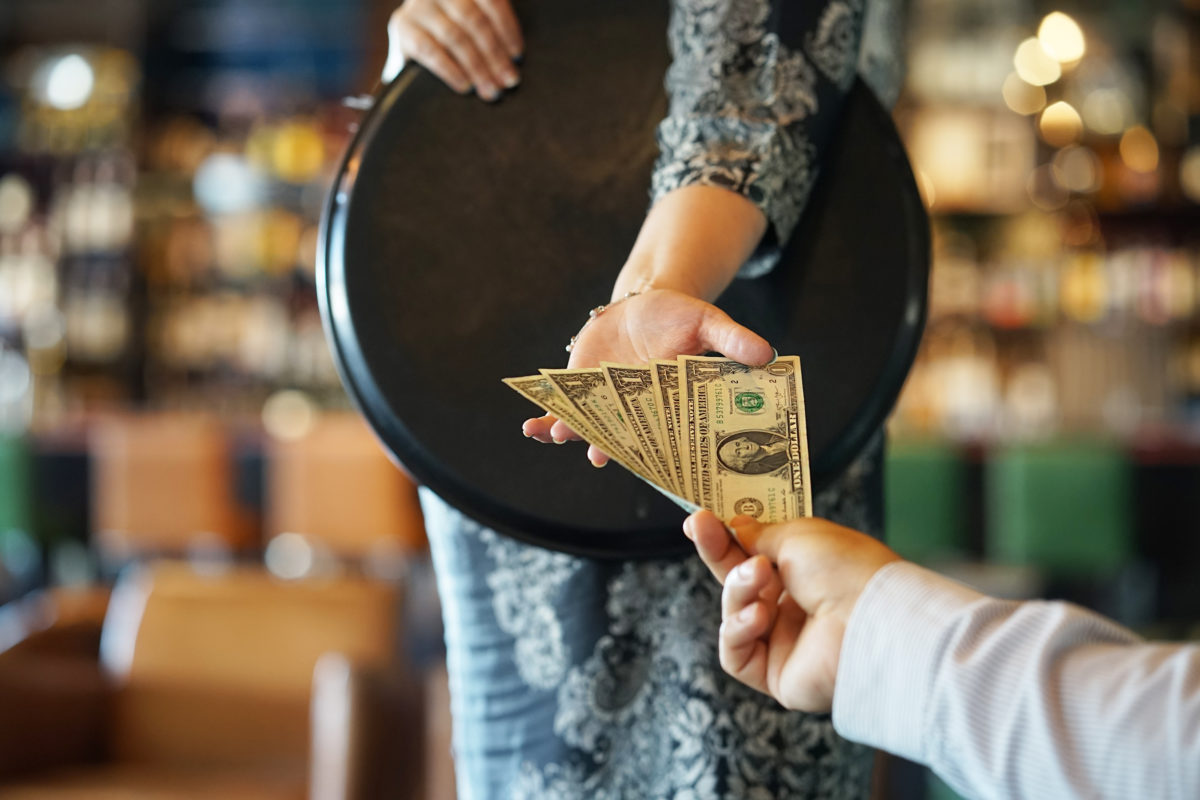
The COVID-19 pandemic saw customers voluntarily tip more frequently (and in higher amounts), but now that the pandemic is behind us and inflation rates are rising, many people are cutting back on tipping.
It’s something called tipping fatigue, and it’s real – in fact, some people refer to it as ‘tipflation.’
And to make matters worse, many establishments across the country are getting a little too pushy when asking for a tip – some going as far as requiring it. These changes result in confusion – and confusion often results in unhappy (and underpaid) workers, and customers who feel awkward when the bill comes.
Don’t worry—we’ve all been there.
“Everything is crazy expensive. And on top of that, you’re being asked, every time you turn around, ‘How much would you like to tip?’” said one etiquette expert in an interview with CNBC. “It feels pushy, it feels needy and almost every customer I speak with says, ‘Why aren’t businesses just paying people more?’”
Unfortunately, most businesses aren’t paying people more – and some employees truly do live off tips.
To Tip or Not to Tip – Which Services Deserve Your Gratuity?
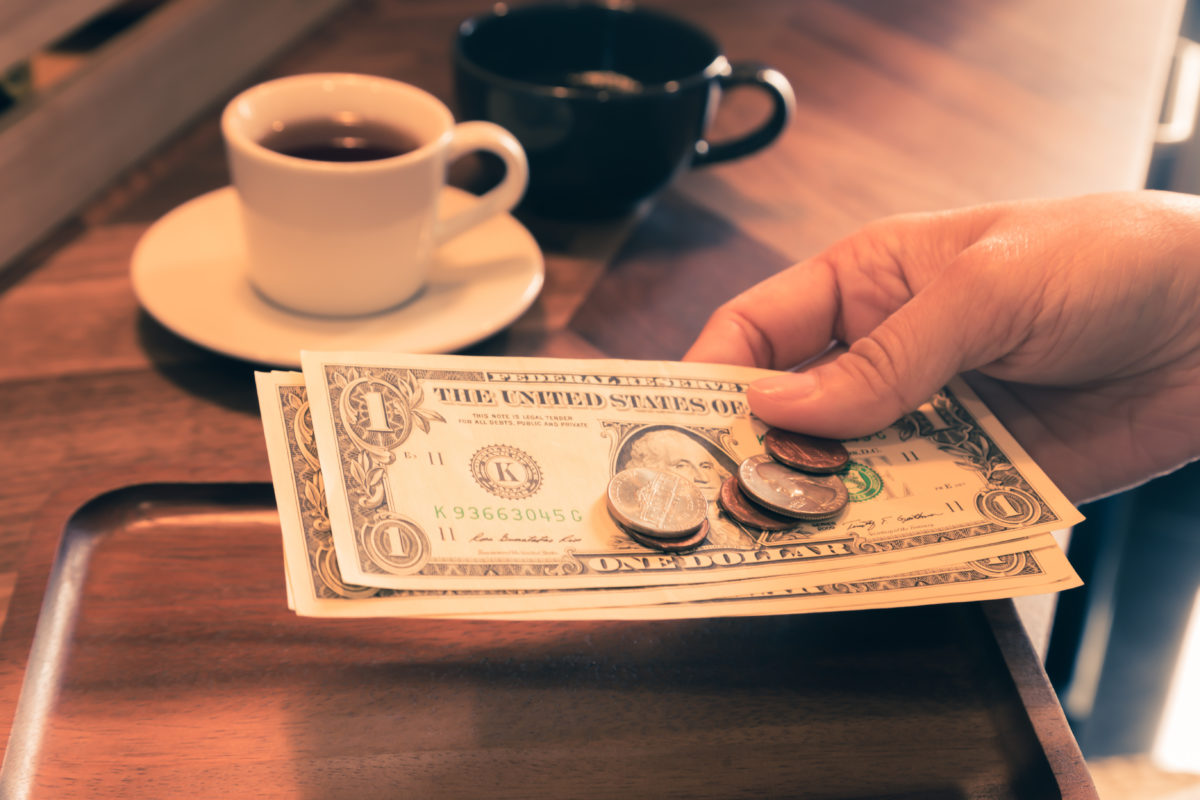
Tipping is more than a gesture of gratitude – it’s a recognition of the hard work that goes into a lot of the services that make this country great, as well as the challenges service workers face on a daily basis.
With that said, tipping isn’t always necessary – and it’s okay not to tip if you don’t feel it’s deserved.
If you do feel like it’s deserved, then there are a few general rules most people like to follow at certain establishments to ensure service workers are paid for their hard work. Here’s what you need to know.
5. Food & Restaurants

As a general rule of thumb, most workers and employees who make, prepare, handle, or serve food are worthy of a tip. Most of these people are working for less than the minimum wage, so they rely on tips.
Servers. Beyond mere service, servers contribute significantly to the ambiance and satisfaction that diners experience. If you have a good server with a fun personality, tip them at least 20% of the bill.
Catering. Catering companies are responsible for menu planning, ingredient sourcing, preparation, presentation, and service, often under an extreme amount of pressure. Tip them at least 15% of the bill.
Preparers. This refers to anyone who prepares your food, but doesn’t cook it or serve it (pickup orders at a restaurant fall in this category). You don’t have to tip the full 20%, but leaving a couple of dollars helps.
Food Trucks. Most food trucks have a tip jar or an option on their payment system to leave a tip. I like to leave a 20% tip if using a card, and at least a few dollars if leaving a cash tip in the jar.
4. Beverages & Bars

If you’re going to tip the employees who handle your food, it makes sense to tip those who handle your beverages – especially if they go above and beyond to ensure you have a memorable experience.
Bartenders. They’re the alchemists of the social world – crafting drinks with precision and creativity. They not only make your drink, but they keep you company – and that’s worth an extra dollar or two per drink.
Baristas. The same goes for baristas. They might only spend a couple of minutes making your coffee or expresso, but tipping a couple of dollars won’t help – and it’ll make your barista’s day that much better.
Cocktail Waitresses. Anyone who has ever been to a casino understands how essential the cocktail waitresses are. Since most establishments offer free drinks when gambling, a $2 tip per drink is expected.
Beverage Carts. There’s nothing more exciting than when a beverage cart girl comes driving up to you on the golf course. Whether you’re getting a Gatorade or a beer, tip them a couple of dollars for their time.
3. Beauty, Spa, & Salon

Beauty professionals instill a sense of confidence and self-esteem in their clientele. That morale boost is why you should always tip beauticians and cosmetologists – they deserve it more than most workers.
Hairdresser/Barber. Hairdressers invest time in consultations, offering advice and crafting looks that reflect each client’s personality and lifestyle. If you’re happy with your hairdo, leave them a $10 or $20 tip.
Nail Technician. Nail technicians combine artistry with meticulous care, transforming nails into miniature canvases of expression. They take their time to make your nails look good, so tip them at least a $10 tip.
Massage Therapist. Massage therapists provide a service that goes beyond mere relaxation; they offer therapeutic relief, personalized attention, and a healing touch. If you feel refreshed, tip them $20 per hour.
Waxing. Waxing technicians provide a personal service that involves trust and vulnerability on the part of the client. It’s not going to be an enjoyable experience for most, but it’s still worth a $10 or $15 gratuity.
2. Delivery & Rideshare
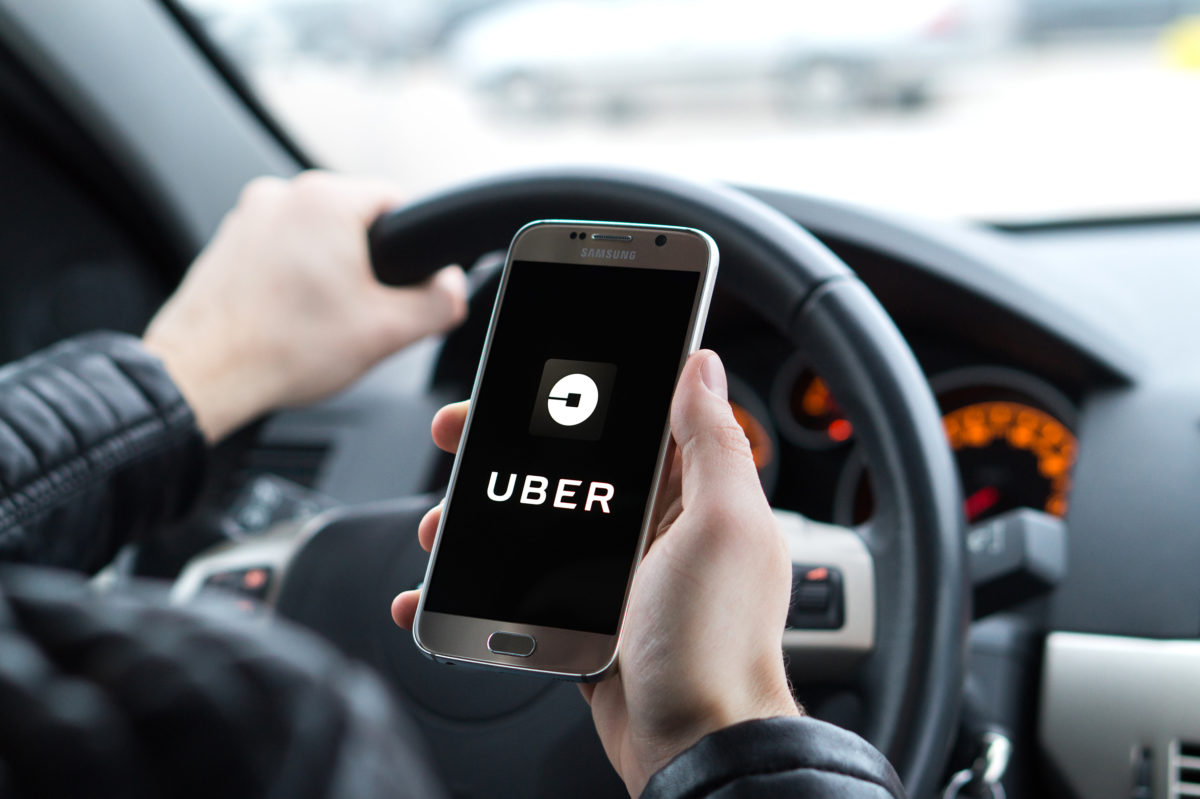
More than one-third of Americans have used a rideshare service at least once in their lifetime, and 77% of consumers report ordering food delivery – yet most people either don’t tip or don’t tip nearly enough.
Food Delivery. They navigate through traffic, weather, and logistical hurdles to ensure food arrives hot and fresh, demonstrating reliability and dedication. Like a server, I always like to tip them at least 20%.
Movers. This physically demanding job involves not just the heavy lifting of furniture and boxes but also the careful handling and transportation of personal belongings. I like to tip at least $20 for each worker.
Rideshare. They use their own vehicles to ensure passengers reach their destinations safely, navigating through traffic, weather, and unfamiliar areas. I like to tip them $5 for a short trip, and $10 for a long trip.
Valet Attendant. They ensure vehicles are parked safely and retrieved promptly, all while maintaining a professional and courteous demeanor. If they keep your car safe, then tip them around $2 to $5 per car.
1. Hospitality & Tourism

Employees in the hospitality and tourism industry are some of the hardest-working individuals you’ll ever encounter. Their primary goal is to ensure their clients are happy – if they succeed, they deserve a tip!
Maid/Housekeeper. If you hire a cleaning service, I always recommend tipping 20% of the total bill. If you’re in a hotel and the housekeepers are doing a good job, leave them a $5 tip per day – per maid.
Concierge. Their work requires not just a vast network of contacts and resources but also a keen understanding of their client’s preferences and needs. If they embody that to a T, tip them $5 per task.
Skycap/Bellhop. Anyone who helps you with your luggage is making your life easier – so it’s always nice to tip them. Whether at the airport or inside a hotel, I like to tip them at least $5 – and more if they’re fun.
Door Attendant. A door attendant who simply opens and closes the door doesn’t necessarily deserve a tip. But when they go out of their way to help you with bags, then tip them as you would any bellhop.
How to Determine Tip Amount

Now that we have a better understanding of who to tip, let’s discuss how much to tip.
We already gave you a general idea of how much to tip at certain establishments, but there’s a lot that goes into that tip amount. It’s a lot more complex than you’d think, and there are a lot of factors involved.
Sometimes, a larger tip is necessary. Other times, a smaller tip is justified.
That’s ultimately up to you to figure out because it largely depends on the experience you have at that establishment, but here are a few things to keep in mind if you want to follow proper tipping etiquette.
5. When to Use the 20% Rule

You know what they say – when in doubt, give 20%.
When it comes to tipping etiquette, 20% is the gold standard – and it has been for several decades now.
“This, of course, can go up or down depending on how good the service was, but gone are the days where we aren’t tipping at all,” said Colleen McCreary, chief people officer at Credit Karma. “The past few years have been tough on all of us, so try to approach these scenarios with a generous mindset.”
So, when should you use the 20% tip?
To be honest, the 20% tip can be used in any situation. What I like to do is figure out what 20% of the bill is, and then ask myself if it’s a reasonable tip. If it’s not, then add a couple of extra dollars to sweeten it.
4. Minimum Wage vs. Subminimum Wage
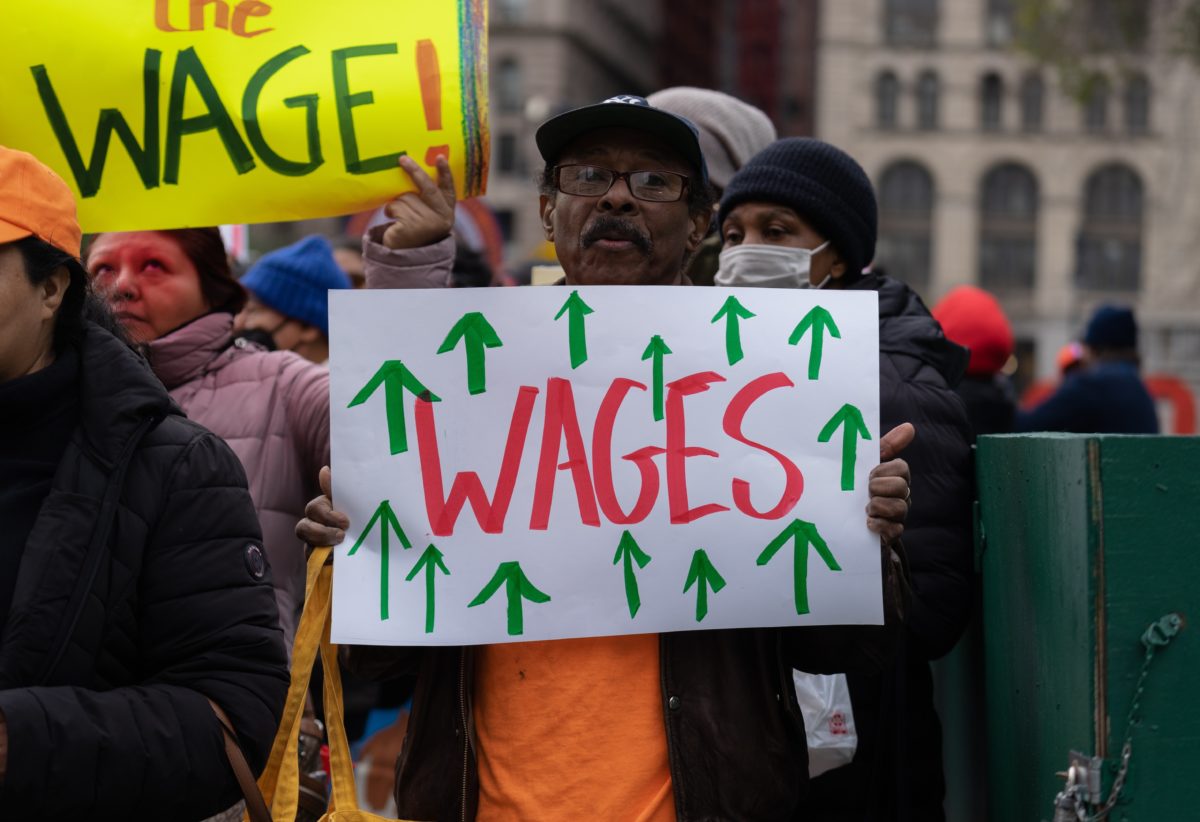
Some people base tipping etiquette on whether the employee or worker gets paid a minimum wage, subminimum wage, or no wage at all. Understanding the difference can help you with the amount.
The federal minimum wage, which is the lowest wage that can be legally paid to an employee per hour of work, is $7.25 per hour in the United States. Beyond that, states are allowed to set their own minimum wage, so long as it’s higher than the federal minimum wage – for example, it’s $16 per hour in California.
The problem is most service employees aren’t paid minimum wage – they’re paid a subminimum wage.
Most businesses that allow workers to receive tips implement a subminimum wage – which can be as low as $2.13 per hour in some states, so long as the employee makes $7.25 per hour with the tip included.
Workers who are paid a subminimum wage deserve a higher tip than most.
You can use the Economic Policy Institute Minimum Wage Tracker to check the minimum wage in your local area. If workers are paid at or below the federal minimum wage, consider increasing the tip amount.
3. Cash vs. Card: Does It Matter How You Tip?

Most service employees would agree that a tip in any form is greatly appreciated, but you know what they say – cash is king, and tipping etiquette is no different. In fact, there are several practical reasons for this.
For starters, cash tips are almost always immediately available once given – meaning the employee gets to take their tips with them when they clock out and go home. When tipping with a credit card, the worker might not see that tip until their next pay period – of course, this is still better than receiving no tip at all.
It’s also important to understand that some credit card companies and third-party companies (like Square) might enact a processing fee for transactions, which might be deducted from the tip by the employer.
As a general rule of thumb, always tip cash when possible – but credit cards are a good plan B.
2. Beware of Screen Pressure
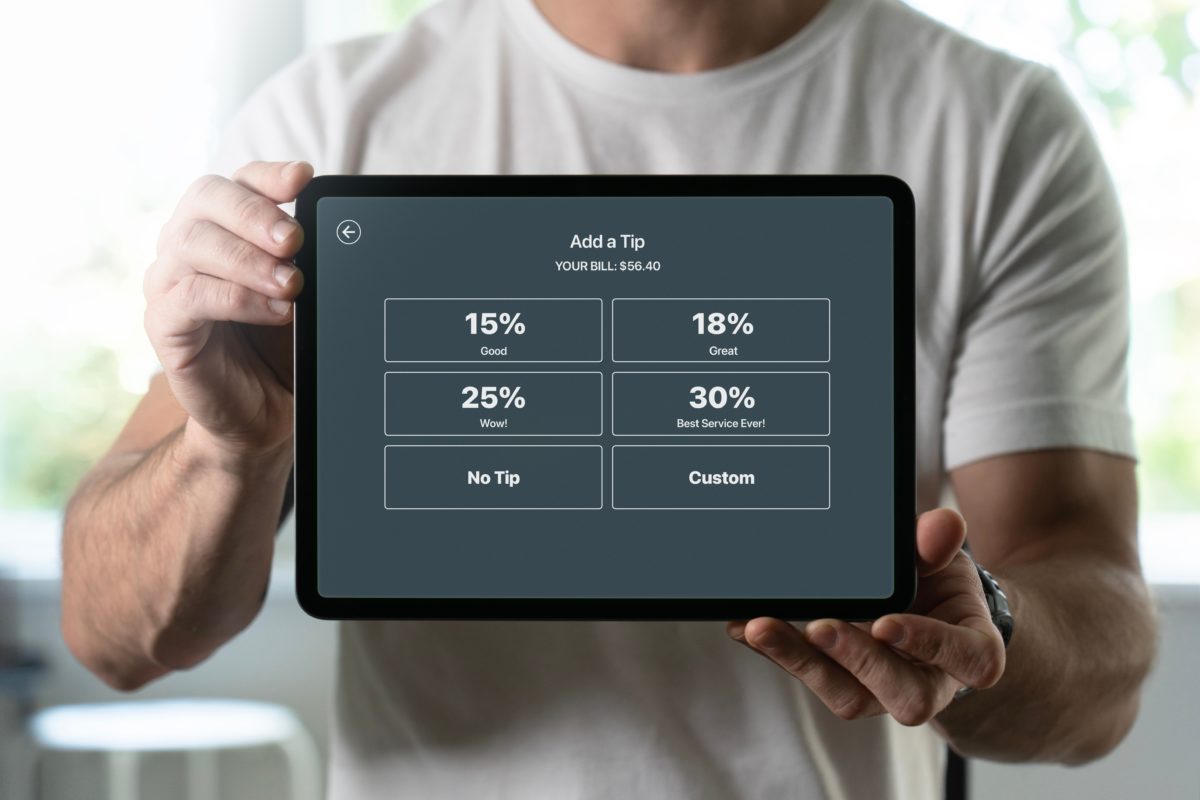
Screen pressure is a real thing – and most people have experienced it at least once in their life.
When we say screen pressure, we’re talking about the ‘tip suggestions,’ ‘tip minimums,’ and ‘mandatory tips’ customers often see with payment systems today. These suggestions are designed to pressure customers into tipping larger amounts, but that doesn’t mean you have to pay any attention to them.
Remember – it’s a tip, and it’s up to you to decide if a tip (and how much of a tip) is necessary.
The good news is most payment systems have a ‘custom amount’ option when providing a tip. If you don’t want to give the ‘suggested’ amount, then don’t – employees will be happy with any tip, no matter what.
1. How Good Was the Service?

One of the biggest factors when determining how much to tip a service employee is how good the service was – and, most importantly, how helpful the worker was. We all know a good worker when we see one!
Excellent customer service almost always deserves a bigger tip, while poor customer service doesn’t – in fact, poor customer service might garner no tip at all. It all depends on what your experience was like.
I also tend to tip more at places that I frequent often – especially if they treat me well.
At the end of the day, there’s no real right or wrong way of determining how much to tip someone. It’s normal for one customer to tip $10 for a $50 meal, and another to tip $20 for the same-priced meal.
I always say – tip the amount you would like to be tipped if you were in their position.
5 Most Common Dilemmas When Tipping
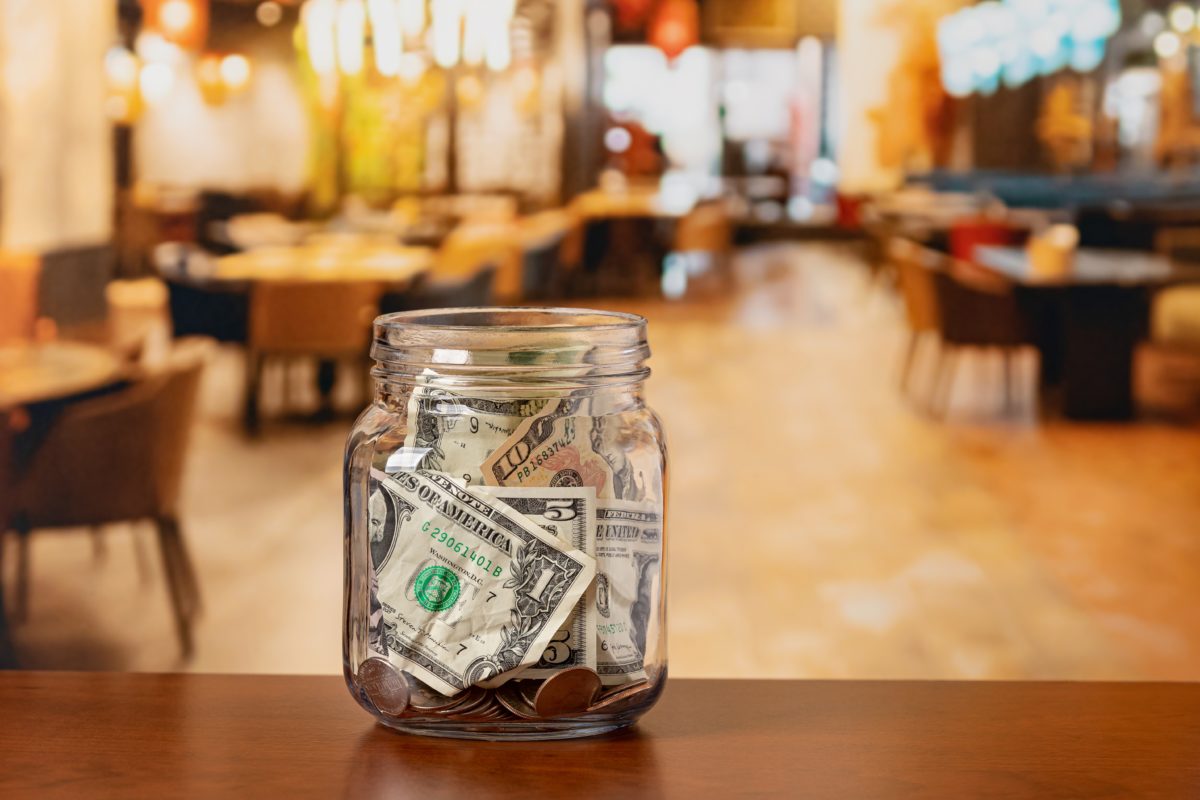
Behind the seemingly simple act of leaving a gratuity lies a web of social, cultural, emotional, and economic complexities that can turn this customary practice into a minefield of dilemmas for customers.
That’s because the act of tipping is much more than just a financial transaction.
In fact, I would go as far as saying there’s an art to it – and most people don’t understand that art.
That said, we’ll highlight five of the most common dilemmas customers, and clients face when following proper tipping etiquette – including what to do when you’re struggling with the math, how to deal with unexpected tip requests or ‘no tipping’ policies, and what to do if you’re unhappy with the service.
5. Struggling With the Math
We’ve all been there – we know we want to leave a 20% tip, but you have no idea how to calculate that.
The easy way to do this is with the calculator on your phone – just multiply your bill by the decimal version of the percentage (0.20 for 20%, 0.15 for 15%, 0.50 for 50%). For example, if the bill is $15.67 and you want to leave a 20% tip, just multiply 15.67 by 0.2, and you’ll get your answer – the tip would be $3.13.
You can also download a ‘tip calculator’ app that allows you to fill in the bill amount and the percentage – it does everything else for you. Then again, some receipts (depending on the establishment or company) do the math for you – at the bottom, you’ll see tip suggestions for 25%, 20%, 15%, and 10%.
If you keep it simple, you can even do it in your head. For a 20% tip, just move the decimal point one spot to the left (which would be 10%) and then double it – if the bill is $25.40, then 10% would be $2.54, and the 20% tip would be double that ($5.08). If you want to give a 25% tip, just divide the bill by four.
4. Dealing With Unexpected Tip Requests
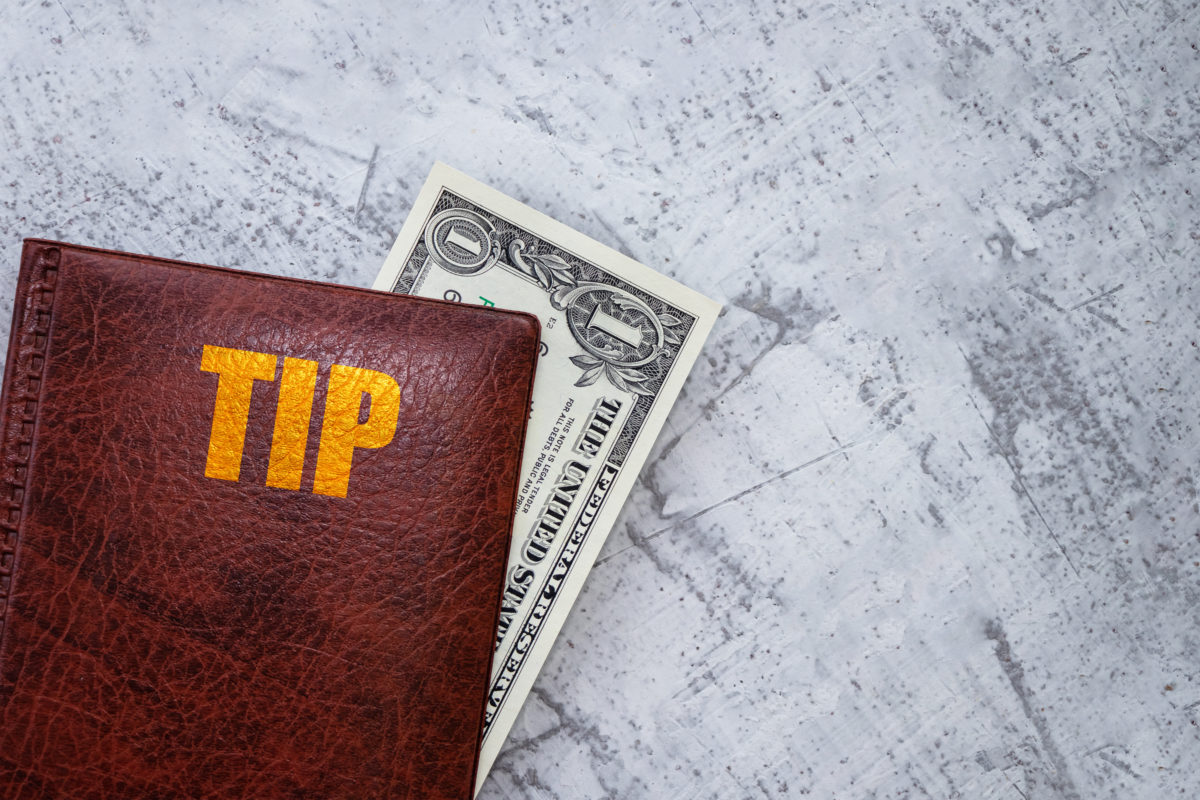
Most of us expect to tip at restaurants, bars, salons, spas, and rideshares, but what are we supposed to do when we encounter an unexpected tip request from a company or employee that usually doesn’t ask?
Remember – just because they ask for or allow tips, doesn’t mean you have to tip.
Treat it like any other tip – if the employee did enough to deserve it, then tip them!
That said, most unexpected tip requests are a sign that employees aren’t paid appropriately. Sure, there might be a few greedy employees out there, but use your best judgment and do what you think is right!
If they ask for a tip and you don’t feel like leaving one (for whatever reason), politely decline and thank them for their efforts.
3. What If You’re Unhappy With the Service?

Here’s another dilemma: What if you don’t feel the employee or service worker is worthy of a tip?
Believe it or not, this happens far more often than you’d think.
And it might sound redundant, but if they don’t deserve the tip, don’t give one.
You don’t have to explain yourself if you don’t want to, but a little constructive criticism doesn’t hurt. If you plan on going this route, I suggest addressing it with the manager – not the employee. Even then, make sure you stay relaxed and try to avoid attacking the employee. Instead, stay positive and offer an opinion.
2. Establishments With a ‘No Tipping’ Policy

Not all establishments allow tips – even if you offer to give one.
When you encounter a ‘no tipping’ policy at an establishment, it’s a sign that the business has chosen a different model for compensating its employees – either through a high minimum wage or with bonuses.
Some establishments do it to ensure fair and equal pay among all employees.
If you find yourself in this situation, there are plenty of other ways to show your gratitude without leaving a cash tip – and sometimes offering to leave a tip is good enough. After all, it’s the thought that counts.
You can also express your gratitude verbally before you leave, through an online review on Google or Yelp, by recommending the establishment to friends and family members, engaging with the company on social media, or by being a return customer. And don’t be afraid to ask how to best support them.
1. You Can’t Afford the Tip You Want to Give

There’s nothing worse than sitting down at your favorite (or even a new) restaurant, enjoying an incredible meal, and not having enough to tip – or, at least not enough to tip what you feel the workers deserve.
The same goes for a haircut, massage, cocktail waitress, or catering company – whatever the case may be.
If you find yourself in this situation, treat it like you did the ‘no tipping’ policy – and find other ways to show how grateful and appreciative you are of their service. It might not do them any financial good, but it’s better than just leaving and not saying anything – which could leave a sour taste in the employee’s mouth.
YOU MAY ALSO LIKE: 20 Celebrity Chefs’ Best Dishes with Recipes to Try at Home
Again – what’s most important is that you take the time to thank them. They’re working hard to make this experience memorable for you and your family, so don’t take that for granted – learn to appreciate it!
Mamas Uncut is THE online place for moms. We cover the latest about motherhood, parenting, and entertainment as well – all with a mom-focused twist. So if you're looking for parenting advice from real parents, we have plenty of it, all for moms from moms, and also experts. Because, at the end of the day, our mission is focused solely on empowering moms and moms-to-be with the knowledge and answers they’re looking for in one safe space.
